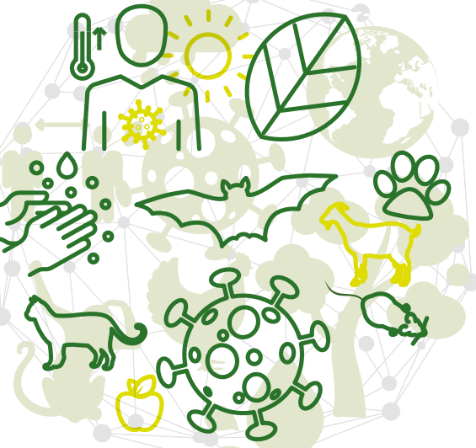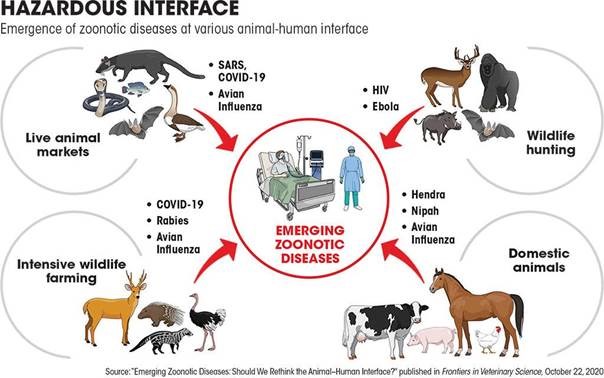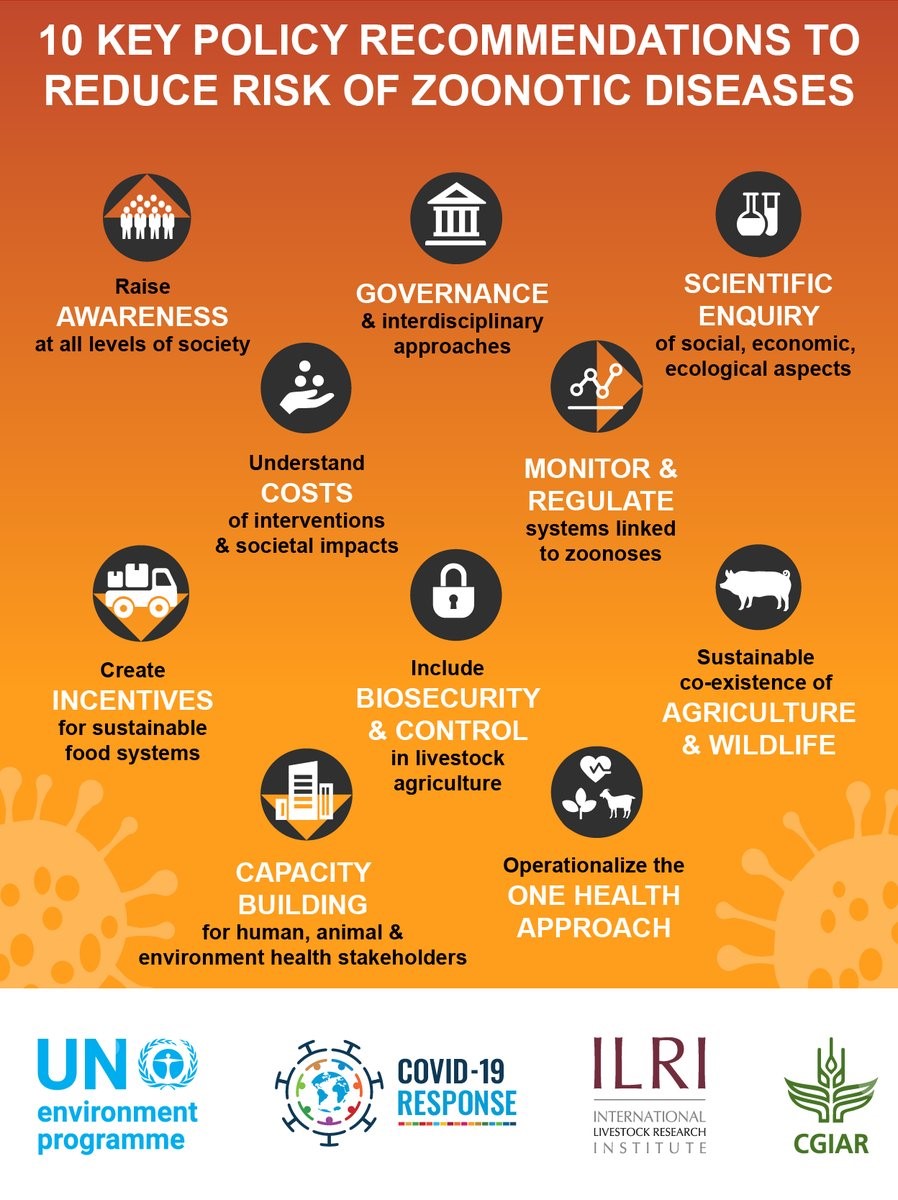





Disclaimer: Copyright infringement not intended.
Context
Important Articles:
https://www.iasgyan.in/daily-current-affairs/livestock-and-zoonosis
https://www.iasgyan.in/daily-current-affairs/one-health-approach-37
Zoonosis
Examples
Modes of Transmission
Direct Zoonosis
Reverse zoonosis or Anthroponosis
Causes of Zoonoses
Rise in Frequency of Zoonotic Diseases
Underlying reason

Preventing Zoonosis


|
PRELIMS PRACTICE QUESTION Q. Choose the correct answer with reference to the following statements. A. HIV was a zoonotic disease transmitted to humans in the early part of the 20th century, though it has now evolved into a separate human-only disease. B. When humans infect non-humans, it is called Anthroponosis. 1) A only 2) B only 3) Both A and B 4) Neither A nor B Answer: 3 |






© 2025 iasgyan. All right reserved